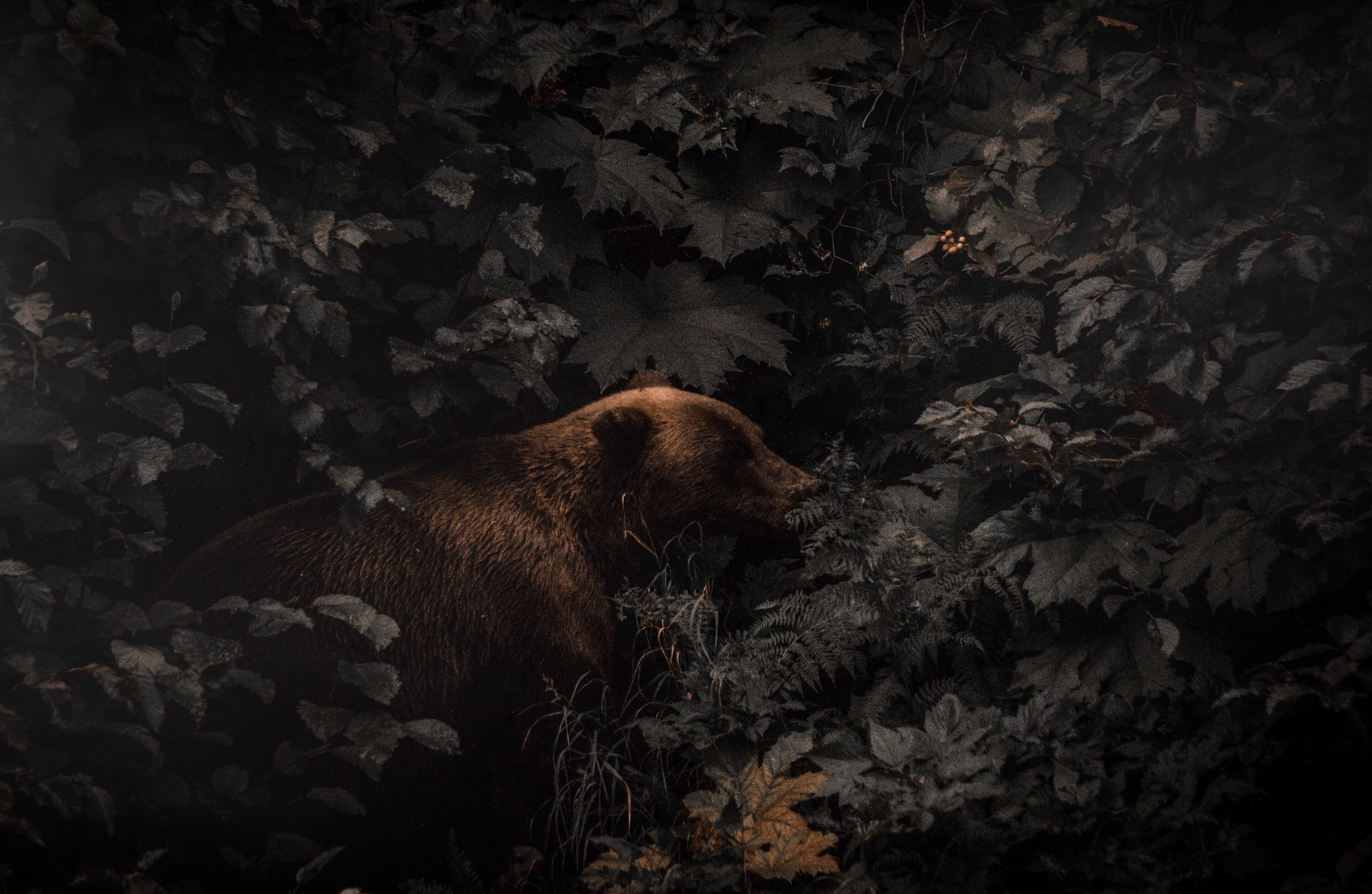Posted by Chieftain Trees ● Sep 7, 2020 11:54:00 AM
Rewilding Europe is co-producing a tv show 'Europes New Wild' which starts airing this week across Europe. The six-part show tells the story of the recovery of nature and comeback of wildlife across Europe and can be seen on National Geographic (WILD).
Several years in the making, viewers will see a wide range of iconic wildlife species are now making a European comeback, from bears and lynx to pelicans and vultures. The show will be broadcast in more than 45 languages, reaching at least 140 million homes to inspire and educate.
A sneak peak video of Europes new wild:
The Six episodes are the following:
1. Return of the Titans
In the Carpathian mountains and other wildlife strongholds, nature is being given a helping hand. The reintroduction of European Bison and the spread of the Grey wolf across the continent signal a wildlife comeback which is benefiting not only other animals but humans as well.
2. The Missing Lynx
Across the Iberian peninsula, food chains and ecosystems are being restored allowing a host of endangered animals, including the Iberian Lynx - rarest cat in the world - to flourish once again. In Portugal’s Coa Valley, the introduction of ancient species is transforming the landscape and heralding the return of the region’s top predators.
3. Saving Europe’s Bears
In southern Europe, some bears are eking out a living on the doorsteps of thriving cities and tourist sites. But thanks to rewilding efforts, bears are now being given the space they need. And as a result many other animals like mountain goats, deer and wolves are thriving too as landscapes flourish.
4. Europe’s Amazon
The Danube River carves its way eastwards from the Black Forest in Germany, three thousand kilometres to the black sea in the East, where it splits into hundreds of braided channels running across 1600 square miles of the Danube Delta. The river feeds a diversity of habitats, home to over 300 spectacular wetland birds, over 40 mammals, and hundreds of amphibians, fish and insects. Every year the delta advances 30 metres into the Black sea, but it’s future depends on the efforts of conservationists working to preserve these unique and fragile habitats.
5. The Scavengers Return
An astonishing revival of predators, prey and scavengers are revitalising Bulgaria’s Rhodope Mountains. Wild grazing animals are reshaping the rugged landscape into a biodiversity hotspot, which benefits many other species. But for the circle of life to be fully reforged, the return of 2 vultures is critical. As nature’s cleanup crew, the winged scavengers cleanse the region of deadly diseases and breath life back into the Rhodopes.
6. Land of Snow and Ice
The wilds of Lapland have served as a home for the Sami people and their reindeer for thousands of years. But with the modern world threatening their traditional way of life, the Sami are working with conservation groups to protect and rewild one of Europe’s most extreme wildernesses. Now, Lapland is witnessing wildlife spectacles return to the land of ice and snow.
Many viewers of Europe’s New Wild will witness Europe’s wild side for the very first time and will hopefully be inspired by the amazing work of Rewilding Europe to create change.
Where to watch
Europe’s New Wild will air in most countries on Nat Geo WILD. Premiere dates of the series differ between countries, as does the order in which the episodes will be broadcast. Please check this schedule to find out when the series will air in your country.
Topics: Sustainability, Rewilding
